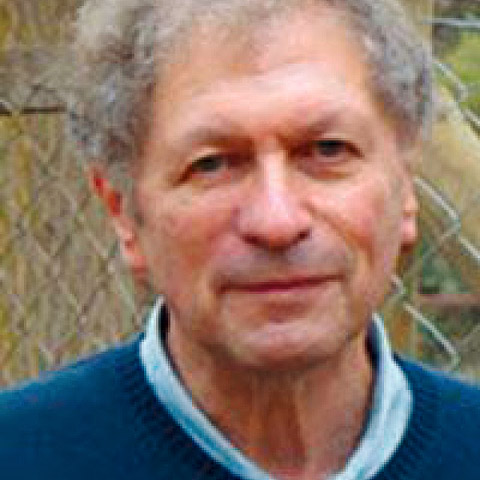Person Details

Stuart A. Newman is Professor of Cell Biology and Anatomy at New York Medical College, USA. He is a developmental and evolutionary biologist. He completed his doctoral studies at the University of Chicago and postdoctoral fellowships at the University of Chicago, and University of Sussex. Prof. Newman's work in developmental biology includes a proposed mechanism for patterning of the vertebrate limb skeleton based on the self-organization of embryonic tissues. His work in evolutionary biology includes a theory for the origination of animal phyla based on physical effects in cell aggregates mobilized by products of the developmental toolkit genes. He has also advanced new hypotheses for the evolution of cell differentiation and the origin of birds.
Prof. Newman was an instructor in anatomy at the University of Pennsylvania, and has been a visiting professor at the Pasteur Institute, Paris, the Centre à l'Energie Atomique-Saclay, Gif-sur-Yvette, the Indian Institute of Science, Bangalore, the University of Tokyo, Komaba, and Monash University, Australia. He was a founding member of the Council for Responsible Genetics (Cambridge, Massachusetts) and of the editorial board of the Journal of Biosciences (Bangalore) and serves on the advisory board of the Alliance for Human Biotechnology (Berkeley, Cal.). He is also editor-in-chief of the KLI’s philosophy of biology journal Biological Theory.
Prof. Newman is co-author (with Gabor Forgacs) of Biological Physics of the Developing Embryo (Cambridge University Press, 2005) and (with Tina Stevens) of Biotech Juggernaut: Hope, Hype, and Hidden Agendas of Entrepreneurial Bioscience (Routledge, 2019). He is co-editor of Cartilage: Molecular Aspects (CRC Press, 1981), Origination of Organismal Form: Beyond the Gene in Developmental and Evolutionary Biology (MIT, 2003), Multiscale Models of Developmental Systems (Elsevier, 2008), and Multicellularity: Origins and Evolution (MIT, 2016).

